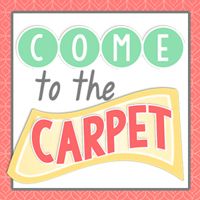Recently, I noticed that my first graders were writing really simple sentences. Part of me was ECSTATIC. What? They were actually writing real sentences with capital letters and end marks. Well, I'll be.....
But then, I started thinking about how much better they could be with a little more effort on my part. I began a series of mini lessons where I explicitly taught strategies for forming better sentences. I concluded that they weren't writing great sentences because I hadn't taught them how.
My first priority, even before adding descriptive words, was making sure that the sentence made sense and said everything it needed to say. So often my students would write a sentence and I'd be left wondering or needing to ask a question.
I opened the first mini lesson with a Brace Map on the board. The Brace Map, one of the eight Thinking Maps, is used to describe part to whole relationships and my students are well versed in using it. On the left hand side I had a sentence strip with the sentence Last week Owen Q. worked hard at school because he loves math. As a class we read through the sentence a few times. Next, we turned our attention to the part side. The Brace Map was divided into 5 parts -- who, did what, when, where, and why. Finally, students helped me break apart the sentence and place them into the correct parts. We literally cut apart the whole sentence and placed each section into it's correct part. We repeated this model for the next 2 days using different sentences.
On the fourth day, we left the carpet and began doing some guided seat work using the same principals from the three days prior. I found that it helped to have students cross off the part in the complete sentence (on the whole side) immediately after they found where to put it on the part side.
If you'd like to try this out in your own classroom here is the freebie from my TPT store. I've left it so you can easily edit my sentences. Also, the last page has lines on the whole side so students can try writing their own sentence. You can even have them practice going back the other way and have students create the whole sentence from the different parts you give them, or that you have them create.
Happy writing!
















